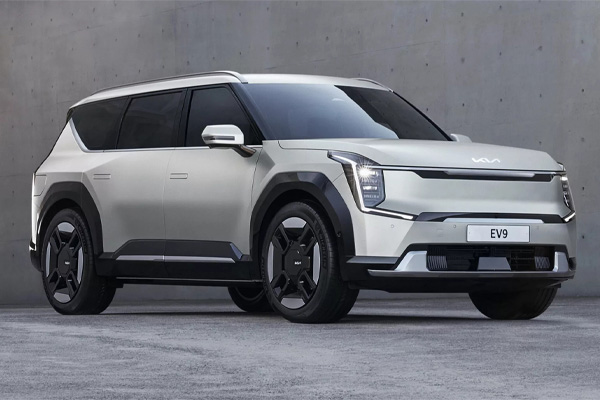
Overview
Kia Corporation, South Korea’s second-largest automaker and a subsidiary of Hyundai Motor Group, is eyeing Thailand for its next major production facility. This move aligns with Kia’s broader strategy to capture a significant share of the rapidly expanding electric vehicle (EV) market in Southeast Asia.
Thailand as a Strategic Choice
Thailand is one of Southeast Asia’s largest automobile producers and exporters, making it an attractive location for automotive manufacturers. The country’s government has been proactive in promoting the EV industry, introducing various incentives and subsidies to attract foreign investment. This includes the EV3.5 scheme, which offers subsidies, reduced import duties for fully assembled cars, and excise tax cuts to support the growth of the EV industry from 2024 to 2027.
Kia’s Plans and Potential Impact
Kia’s proposed facility in Thailand is expected to have an annual production capacity of 250,000 units, making it a significant player in the local market. If realized, this would be Kia’s first production plant in the ASEAN region, following its existing facilities in the US, China, India, Mexico, and Slovakia.
The establishment of a production plant in Thailand would not only bolster Kia’s presence in Southeast Asia but also support the Thai government’s goal of having 30% of domestically produced vehicles be electric by 2030. This move is seen as a strategic effort to capitalize on the growing demand for EVs in the region.
Current Status and Future Prospects
As of now, Kia has temporarily put the plan to establish the production plant on hold for further assessment of its business feasibility. However, the company remains in close discussions with Thailand’s Board of Investment to finalize the details and incentives for the project.
Despite the temporary hold, Kia has already taken significant steps to strengthen its market presence in Thailand. The company launched a sales subsidiary on January 31, 2024, to oversee local operations, including direct sales, marketing, and after-sales services. This move indicates Kia’s commitment to the Thai market and its intention to expand its footprint in the region.
Kia’s potential investment in a production facility in Thailand represents a strategic move to tap into the burgeoning EV market in Southeast Asia. While the project is currently under further review, the establishment of a sales subsidiary and ongoing discussions with the Thai government highlight Kia’s dedication to becoming a key player in the region’s automotive industry. If successful, this initiative could significantly boost Kia’s market share and contribute to the growth of the EV industry in Thailand.
Key Points
-
Production Capacity
The proposed plant in Thailand would have an annual capacity of 250,000 units.
-
Strategic Location
Thailand is a major automotive hub in Southeast Asia with strong government support for the EV industry.
-
Incentives
The Thai government’s EV3.5 scheme offers various incentives to attract foreign investment in the EV sector.
-
Current Status
The plan is temporarily on hold for further feasibility assessment, but Kia has launched a sales subsidiary to strengthen its market presence.
By establishing a production plant in Thailand, Kia aims to leverage the country’s strategic advantages and government incentives to become a leading player in the Southeast Asian EV market.


